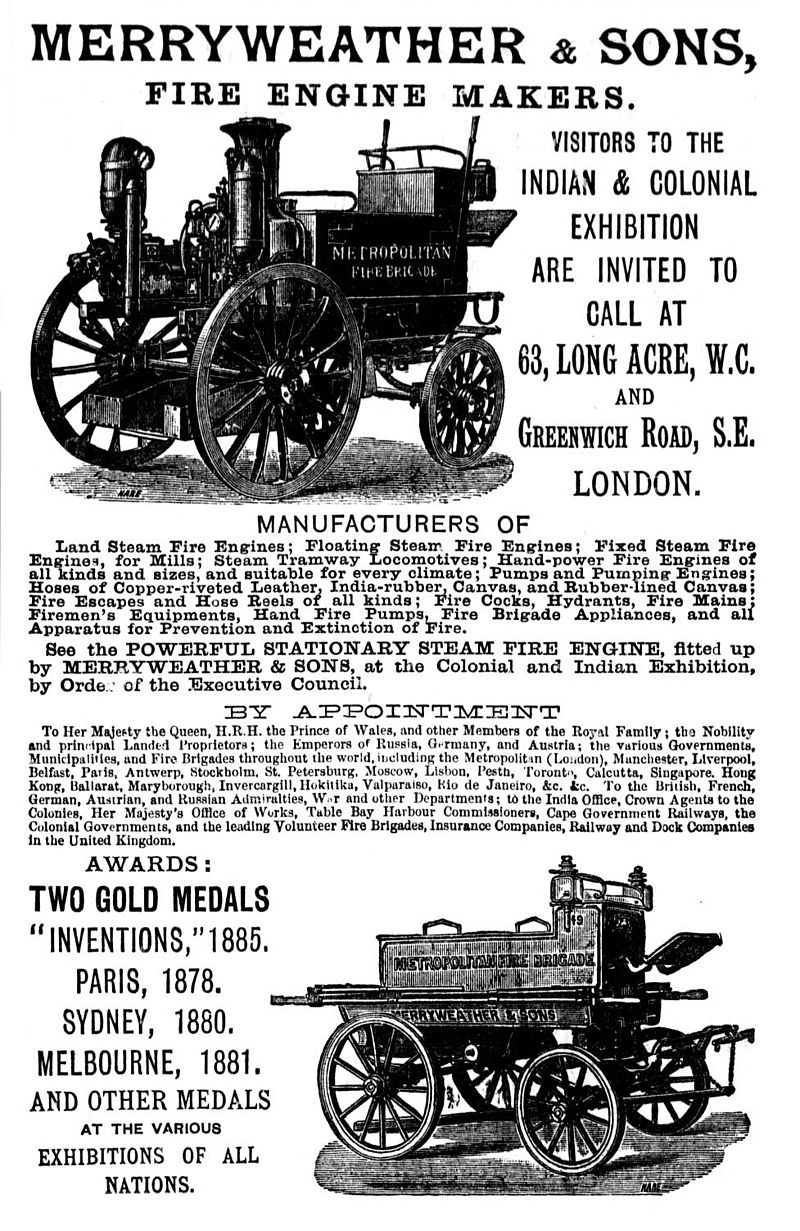It may be distinctly Victorian, but the Watts Memorial is no mere relic: it remains a valued part of London life. From events to books, here's a quick look at the ways it is being celebrated in the present.
In 2009, the memorial was restored and an information plaque was added alongside, mirroring the distinctive style of its tiles. The completion of this project was celebrated by an unveiling, dramatic performances and readings in the park.
 |
| Lone Twin Theatre Co performed an extract of 'Daniel Hit By A Train' |
 |
| 'Heroes of Everyday Life' sung for the first time in a century, by Alexander Knox |
Last year, the Friends of the Watts Memorial was established - you can join here - and they're bringing another event to the Park next month. On the evening of Friday 13 May, you can enjoy an after-hours visit, with a talk by Dr John Price and refreshments; tickets are £12 (£10 for members).
John Price is the author of several books about the Memorial, including Postman's Park: G F Watts's Memorial to Heroic Self-Sacrifice.
This book is concerned with the history of the memorial itself and a
thoughtful consideration of the purposes of such commemoration, rather
than the individual stories. However, it does discuss Alice Ayres in
some detail and has photographs and transcripts of all the plaques. A
fascinating volume for £7.50 paperback.
For more about the stories behind each plaque, his next book, Heroes of Postman's Park: Heroic Self-Sacrifice in Victorian London looks not only at the events memorialised here but also at the lives and family backgrounds of the people commemorated.
H Dagnall self-published Postman's Park and its Memorials
in 1987. A smaller pamphlet illustrated with line-drawings, its
emphasis is upon the individual stories and it includes a small amount
of background for most of the plaques. I found my copy on abebooks.
Finally, Public Sculpture of the City of London by Philip Ward-Jackson contains a substantial section on Postman's Park - as well as impressive coverage of the rest of the square mile. This book is published by Liverpool University Press and costs £30.
Moving away from non-fiction, The London Tourist Guide is a poem inspired by, and effectively evoking the atmosphere of, the memorial. If you'd prefer prose, parts of Audrey Niffeneger's Her Fearful Symmetry take place in the park. And a film suggestion? It would have to be Closer, which begins and ends in Postman's Park.
Finally, Public Sculpture of the City of London by Philip Ward-Jackson contains a substantial section on Postman's Park - as well as impressive coverage of the rest of the square mile. This book is published by Liverpool University Press and costs £30.
Moving away from non-fiction, The London Tourist Guide is a poem inspired by, and effectively evoking the atmosphere of, the memorial. If you'd prefer prose, parts of Audrey Niffeneger's Her Fearful Symmetry take place in the park. And a film suggestion? It would have to be Closer, which begins and ends in Postman's Park.










